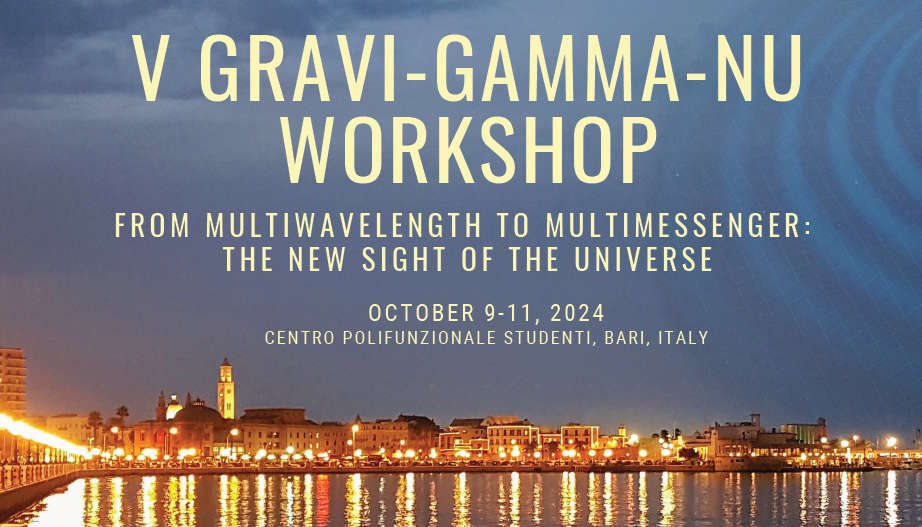Speaker
Description
The joint detection of a gravitational wave (GW) signal and a short Gamma-Ray Burst (GRB) from a binary neutron star merger in 2017 proved that short GRBs are multi-messenger sources. It is thus fundamental to understand and model the afterglow emission of short GRBs in order to improve our follow-up strategies for detecting the electromagnetic counterparts of GW events. It is widely accepted that the afterglow radiation of GRBs comes from electrons cooling via synchrotron and inverse Compton processes at the forward shock. However, a consistent fraction of short GRBs presents some features in the early X-ray light curves, such as steep declines and plateaus, which cannot be explained within the standard afterglow model. It is then crucial to model these features in order to predict the early X-ray counterparts of GWs, detectable by the recently launched wide-field X-ray instruments, such as Einstein Probe. In this talk, I will present a systematic analysis of early X-ray afterglows of short GRBs, including their temporal and spectral evolution. I will also discuss the preliminary results from the modelling of the features in the X-ray emission. Finally, I will present predictions for future observations of short GRBs with the current wide-field X-ray cameras.

